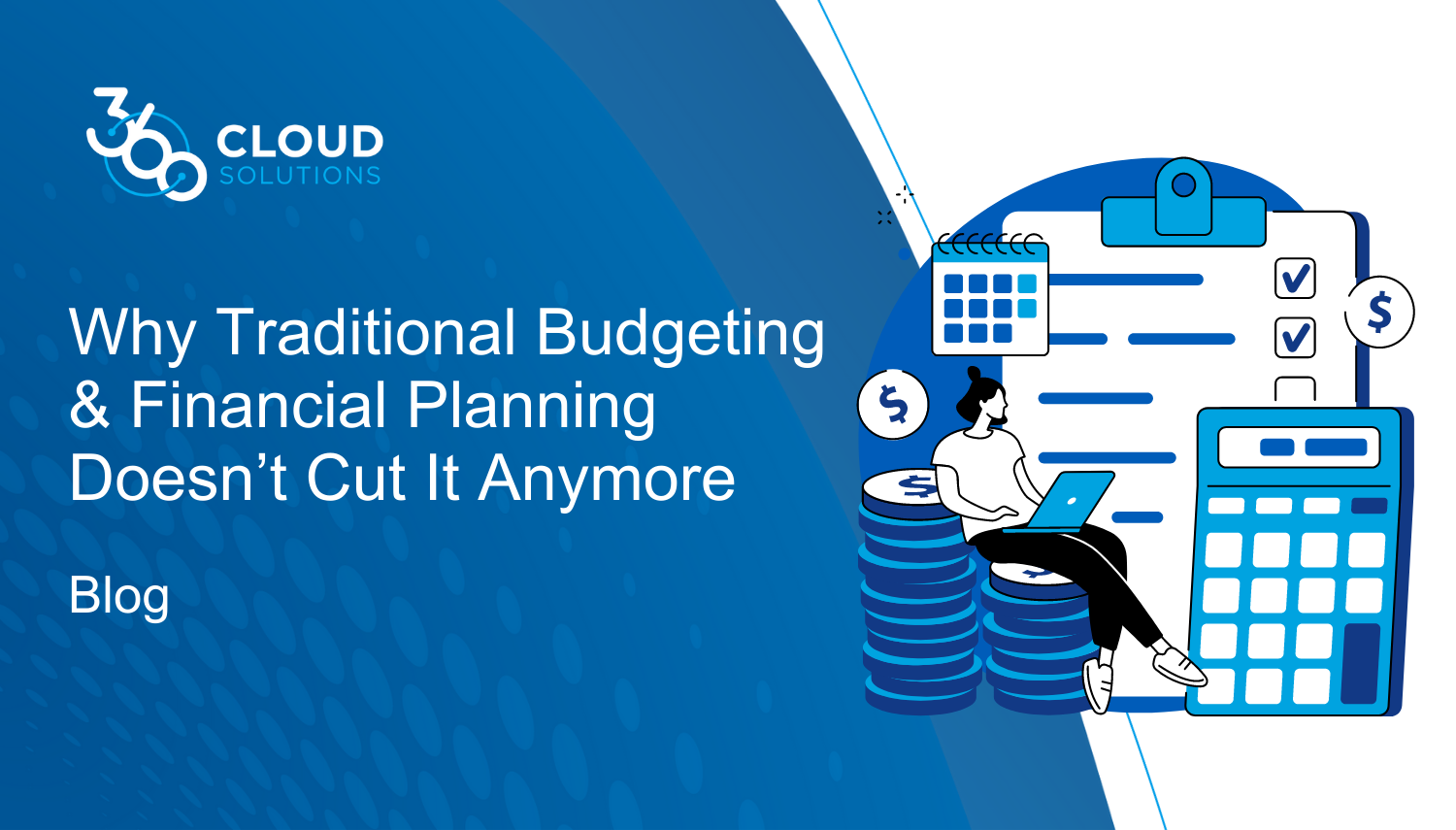
Jack Welch was on to something when he described the budgeting process as “the bane of corporate America” because of its costliness and counter-productivity. In fact, the Financial Times estimated the budgeting process consumes up to 30% of management’s time and costs $1.2 billion dollars a year.
To become a useful part of the current business management process, budgeting and financial planning processes need a revamp. Professor Peter Horvath states, “In today’s dynamic marketplace, budgeting can no longer serve as a company’s only management system; it must integrate with and support dedicated strategy management systems, processes, improvement systems and the like.”
Let’s dig into the four biggest problems with traditional budgeting and financial planning processes and how they can be alleviated.
Inaccuracy
This is where it all starts. It’s human nature for employees to low-ball and/or over-budget to falsify performance. Often times, this isn’t done maliciously. These errors often come about when employees don’t have enough data to make informed and accurate budgets, or when they simply don’t know what the year will look like. Everyone wants to make sure they are allocated enough money to meet their objectives—whatever they may be—but when you don’t act in the company’s best interest, it can only hurt the budget in the long-run. Which leads us to…
Speedy Obsolescence
It’s easy to see how the budgets become off-track so rapidly when they are based on false information. Yet, managers often try to stick to the numbers so they stay “on budget.” Think of how many hours are spent developing and justifying budgets when, a month or two into the new fiscal year, they don’t accurately reflect the current state of your business. (It’s painful to think about, we know.)
Disconnected
The traditional role of budgeting was to coordinate the company’s financial activities and health. It’s the place where all of a company’s financial components fit together into a clear picture expressing its goals and objectives. It also serves to communicate a company’s financial objectives to its investors and to motivate its managers to act in its best interest. But when staying within budget becomes a company or department’s priority, it’s easy to lose sight of the overarching strategy—if there is one.
Inefficiency
When you’re dealing with inaccurate, obsolete, and disconnected financial information, managing the budget becomes, quite simply, a waste of time. We’ve talked about the fact that less than 20% of a finance team’s time is dedicated to strategic activities. The rest of it? It’s often spent on tedious and manual processes, convoluted spreadsheets, broken formulas, outdated data—the list goes on. With all this in mind, it’s easy to see that the perceived value of traditional budgeting is very low compared to the resources it takes.
So, what’s the takeaway? Traditional budgeting and financial planning processes do not support modern business strategies. And by not supporting a strategy, success becomes more of a pipedream than a likelihood. But don’t lose hope just yet. Advanced business planning and budgeting systems, like Adaptive Planning, can help organizations align budgets with strategy, simplify processes, use relative targets instead of fixed to change behaviors, and more.
Ditch manual spreadsheets, siloed data, and static, time-wasting planning processes for Adaptive Planning—the leading cloud-based FP&A solution. By reducing time spent on budgeting, planning, consolidation, reporting, and analytics, you can focus on what really matters—strategy.



